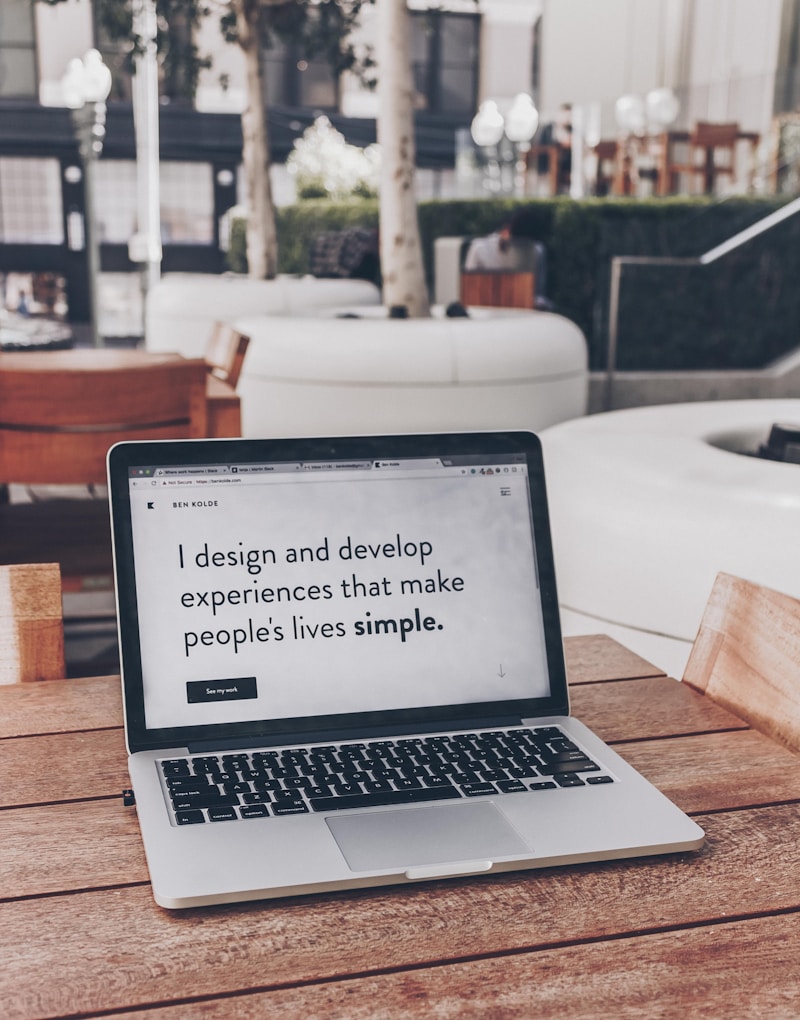Mastering Etiquette for Inviting Co-Workers: A Comprehensive Guide
Introduction to Workplace Invitation Etiquette
In today's corporate landscape, understanding the etiquette for inviting co-workers to events, meetings, or social gatherings is essential for fostering relationships and maintaining a harmonious work environment. Whether it’s a casual lunch, a team-building exercise, or a formal meeting, the way you extend invitations can greatly influence the response you receive. This article explores the intricate details of proper etiquette for inviting co-workers, ensuring that you approach every invitation with professionalism and respect.
Understanding the Importance of Proper Invitations
Inviting co-workers inherently carries implications. It reflects your awareness of workplace dynamics and your commitment to inclusivity. Proper etiquette not only helps in creating a positive atmosphere but can also enhance teamwork and camaraderie. Here are some aspects to consider:
- Professionalism: Maintaining a respectful tone is crucial.
- Inclusivity: Aim to include a diverse group of colleagues.
- Timing: Ensure you send invitations well in advance.
Different Types of Invitations
Before diving into the specifics of how to invite, let’s briefly outline the different scenarios that may necessitate an invitation:
| Type of Event | Description | Examples |
| Team Meetings | Formal gatherings focused on project discussions or updates. | Weekly status updates, project milestones. |
| Social Gatherings | Informal events aimed at enhancing team bonding. | Happy hours, holiday parties. |
| Workshops/Seminars | Educational sessions for skill enhancement or knowledge sharing. | Training sessions, guest speaker events. |
This table provides a quick overview of common types of events you might organize in the workplace and their respective purposes.
Key Etiquette Rules for Inviting Co-Workers
Now that we understand the types of invitations, let’s delve into the etiquette rules that should guide your approach:
1. Be Clear and Concise
When extending an invitation, clarity is of utmost importance. Make sure your invite specifies the essential details such as the date, time, location, purpose, and RSVP request. A well-structured invitation minimizes confusion and ensures that recipients know what to expect. Here’s an effective template:
- Subject Line: [Event Name] Invitation – [Date]
- Greeting: Dear [Co-worker's Name],
- Message: I would like to invite you to [event details].
- Closing: Looking forward to your reply.
2. Choose the Right Medium
The medium through which you send invitations can significantly affect the message’s tone. For formal events, using company emails or official invitations is ideal, while casual gatherings may be appropriate for messaging apps or team collaboration tools.

3. Personalize Whenever Possible
Adding a personal touch to invitations can enhance the relationship you have with your co-workers. Instead of sending a generic invite to everyone, customize the message to reflect individual interests or previous interactions. For instance, mentioning a shared interest in a certain activity can make your invitation more appealing.
4. Respect Everyone's Time
When inviting co-workers, it's critical to respect their schedules. Ensure that your invitations are sent with ample notice, preferably one to two weeks in advance for larger events. This consideration allows everyone to manage their time effectively and increases the likelihood of attendance.
5. Follow Up Gracefully
If you haven’t heard back from co-workers after the initial invitation, a gentle follow-up can serve as a polite reminder. You may phrase your follow-up as follows:
“Just checking in regarding my previous invitation to [event name]. I’d love to have you join us! Please let me know if you can make it.”
6. Be Inclusive
When planning events, consider the dynamics of your team. Strive to create an inclusive atmosphere where everyone feels welcome. Avoid cliques by encouraging participation from all departments and levels of hierarchy—this fosters a sense of belonging.
7. Dealing with Declines
Not everyone will be able to attend your event, and that's okay. If someone declines your invitation, respond graciously. A simple acknowledgment like, “Thank you for letting me know! I hope to catch up with you soon,” shows professionalism and maintains a positive relationship.
Conclusion: The Art of Inviting Co-Workers
Mastering the etiquette for inviting co-workers is essential for building relationships and fostering a collaborative workplace. By understanding the nuances of invitations—from being clear and concise to respecting your colleagues' time—you can ensure your invitations are not only well-received but also contribute to a more inclusive and engaging work environment. Always remember to tailor your approach based on the context and the nature of your relationship with the invitees, and don’t shy away from adding a personal touch where possible. As you navigate through making invitations, keep these guidelines in mind, and soon you will be recognized as a considerate and effective communicator in your workplace.
Final Tips and Recommendations:
- Be proactive in ensuring your invitations reflect the values of your company.
- Evaluate the response rate to your invitations to adjust your strategies accordingly.
- Encourage feedback on events to improve future invitations and organize more engaging gatherings.
By respecting these etiquette guidelines, you’ll not only enhance your workplace relationships but also create a more welcoming environment for everyone to thrive.